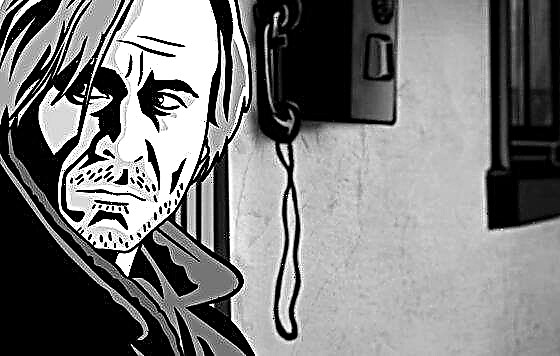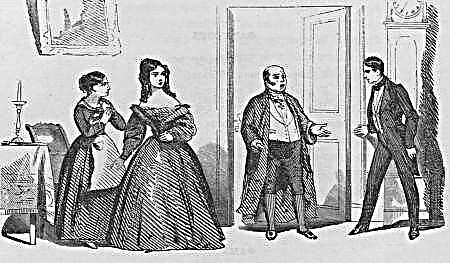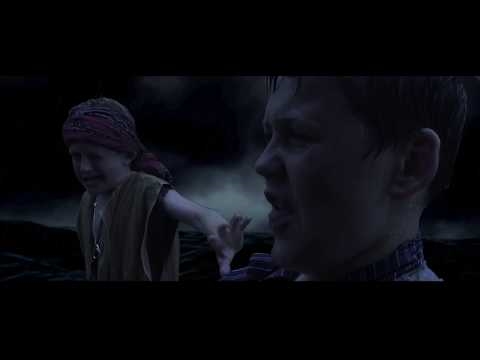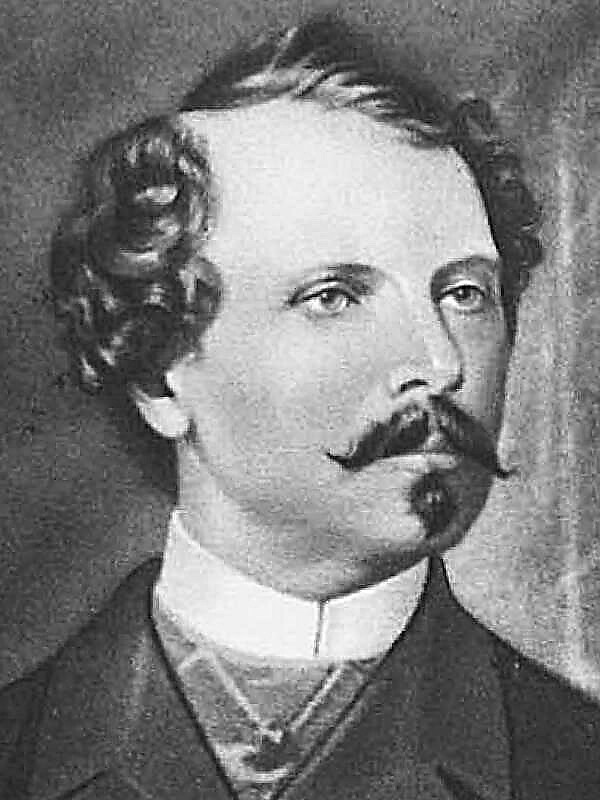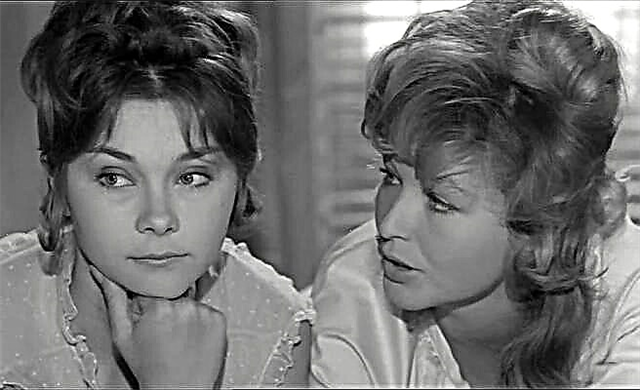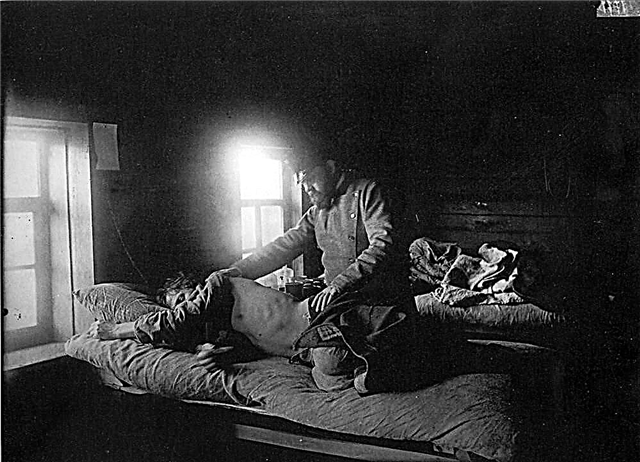The story of N. Gogol “Portrait” is included in the series “Petersburg Tales” and, like many of them, is filled with echoes of mysticism, excites and leaves an aftertaste of unresolved and mysterious. The author deliberately leaves the final open, allowing the reader to predict the further development of events, because the plot is not completed. And this understatement inspires even more awe. A very short content for the reader’s diary will help readers remember the main events from this story, and its analysis from Literaguru will simplify the understanding of its purpose.
(579 words) The plot is tied at a shop on Schukin’s yard, where paintings were sold. The artist Chartkov (22 years old) comes there, and his eyes are riveted to the portrait of a certain old man in Asian attire. The eyes of the man depicted on the canvas drilled through everyone who looked at him. The hero buys a portrait for the last two-maned one that he had. Having brought the acquisition to his humble abode, the artist lost his peace. Every minute it seemed to him as if an old man was watching him from the canvas. The eyes in the picture instilled horror in the owner of the canvas. Chartkov hastened to lie down on the bed behind the screen, but through her slits he still felt his eyes fixed on him. The artist is tormented by a series of nightmares, which he takes for reality. In dreams, the old man crawls out of the frame, sits on the edge of the Chartkov bed. He took bundles of money from a bag and counted them. One of the bundles fell out of his hands. The artist quickly grabbed it and held it tightly in his hand. On this package, he read the inscription "1000 pieces of gold." After a hard awakening, Chartkov receives in his room the master along with the quarterly. The artist does not have the opportunity to pay for housing, and the quarter offers him to give his work as a debt. Noticing a portrait of an old man on the wall, he inadvertently grabs him by the frame, from which the same bundle of "1000 pieces of gold" falls onto the floor. Chartkov manages to pick it up and promises the owner an early payment for the room.
The hero moves to a new apartment on Nevsky Prospect, is bought with paints and canvases, dressed up with a dandy. Chartkov advertises to the newspaper that he accepts orders as a portrait painter, and soon meets the first visitors to his workshop. The secular lady, who decided to order a portrait of her daughter, is unhappy with the artist’s desire to capture the smallest details of the young lady’s appearance that he noticed. Chartkov is forced to fulfill all the whims of the customer.
Gradually, he enters the high society of St. Petersburg, he has many new orders, he is enriched. But at the same time, the artist’s talent goes away, since he only satisfies the claims of the rich masters, not having the opportunity to put his soul into the work. Chartkov is becoming more arrogant. The situation reaches its climax when, upon invitation, he comes to look at the work of one of his former comrades, sees perfection and realizes his mediocrity. Anger and envy absorb Chartkov to such an extent that he sets out to buy up at auction all the greatest works of art and destroy them. Chartkov falls ill with consumption and dies, remembering the creepy eyes of that old man in the painting he bought.
This portrait also appears in the second chapter of the story of Gogol. He was put up at one auction in St. Petersburg. As before, the eyes in the picture did not release the gaze of any of those who looked. Suddenly, a certain young artist appears and tells the story of the creation of the painting, which he learned from his father. A moneylender lived in one of the districts of St. Petersburg, possessing an unusual demonic appearance and a unique ability to force people to mortgage their property to him at huge interest. The fate of those who received money from the hands of an Asian was always tragic. Anticipating the approaching death, the moneylender turned to the father of this artist with a request to paint his portrait. The longer the master worked on the portrait of the old man, the more expressively and lively his eyes came out on the canvas, the greater anxiety overcame the artist himself, and the disgust for the work performed increased. The moneylender begged to finish the portrait, but received it in unfinished form, and died the next day. The maid returned the portrait to its creator, but he began to notice destructive changes in himself, envy of the student, and even wanted to burn the picture, but he preferred to give it away. And all those who later owned this canvas distorted their fates. Therefore, this young artist, who swore to his father, who retired to the monastery, to destroy the portrait in any way, arrived at the auction. However, while he was talking, the portrait disappeared. Everyone gasped, not fully understanding if he really was.


